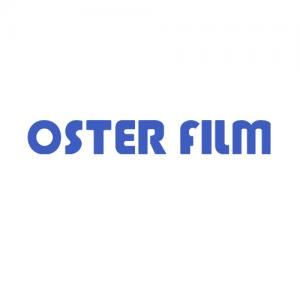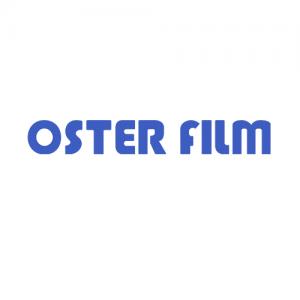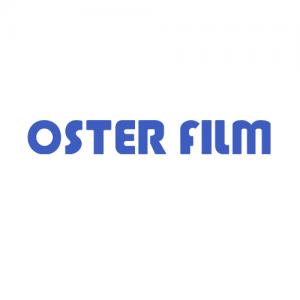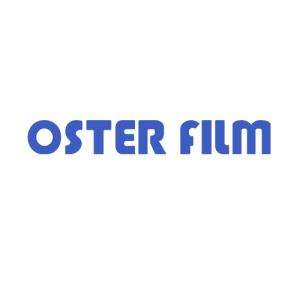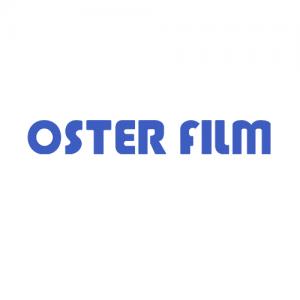Application of eva film in solar PV module industry
If the crystalline silicon solar cell wafer is directly exposed to the atmosphere,its photoelectric conversion function will be attenuated.So we would use elastic adhesive layer with high transparency,light aging resistance,good adhesion that could withstand changes in atmosphere is used to encapsulate the battery pack.
The elastic adhesive layer stick to the upper protective material glass and bottom protective material TPT (polyfluoroethylene composite film) combine it into one to form a solar cell module
Before the 1980s,the experts from domestic and abroad have ever tried liquid silicone resins and polyvinyl butyral resin sheet (PVB) to be adhesion materials.
It was eliminated due to high prices,harsh construction conditions,and poor physical properties.
EVA film has been developed abroad since the 1980s.It is based on EVA,supplemented by serveral modifiers,and hot rolled into a thin film product by film forming equipment.
The encapsulating material for crystalline silicon solar cell is eva film,the English name is Ethylene Vinyl Acetate.
It is a copolymer of ethylene and vinyl acetate,the chemical formula structure is as follows:

Ethylene vinyl acetate copolymer (EVA) is one of the most important ethylene copolymers.According to the content of vinyl acetate in the copolymer,its main varieties can be divided into two categories,that is,the content of vinyl acetate (EVA) in the product is about 5%-40% (mass fraction),which is called EVA.
More than 40% is called vinyl acetate-ethylene copolymer (VAE)
EVA for solar cells is a kind of hot-melt adhesive,which is non-sticky and anti-sticky at room temperature.It is easy to operate.
After hot pressing under certain conditions,it will cause fusion bonding and cross-linking and curing,and become completely transparent.
The cured film owns quite high light transmittance,adhesion strength,thermal stability,air tightness and aging resistance.
Long-term practice has proved that it has obtained quite satisfactory results in solar cell encapsulation and outdoor use.
The cured EVA owns elastic could withstand atmospheric changes,encapsulate the crystalline silicon cell group,and combine it with the upper protective material glass and the lower protective material TPT (polyfluoroethylene composite film),using vacuum lamination technology to bond as a whole.
On the other hand,it can increase the light transmittance of the glass after being bonded to the glass,and has positive effect on the output of solar cell module.
The thickness of eva is between 0.4mm-0.6mm,the surface is flat,the thickness is uniform,and it contains crosslinking additive.
It can be cross-linked at a curing temperature of about 150C,and an extrusion molding process is used to form a stable adhesive layer.
According to the curing time,there are two main types of eva:fast curing and conventional curing
Different eva lamination process is different.
The eva film layer with a thickness of 0.4-0.6mm with anti-ultraviolet additive,antioxidant and curing additive is used as the sealing agent of solar cell to make the sealing and bonding between eva,glass and TPT.
The eva used to encapsulate silicon solar cell modules is mainly selected based on light transmittance and weather resistance.
Different temperatures have a relatively large impact on the percentage of cross-linking of EVA,and the percentage of cross-linking EVA directly affects the performance and service life of the module.
In the molten state,eva and crystalline silicon solar cells,glass,and TPT are bonded,and there is both physical and chemical bonding in this process.
Unmodified EVA is transparent,soft,hot-melt adhesive,low melting temperature and good melt fluidity.
However,it has poor heat resistance,easy extension and low elasticity,low cohesive strength and creep resistance,and it easy to produce thermal expansion and contraction,which will cause the crystalline silicon cell to break and cause the adhesion to delaminate.
Therefore,EVA is modified by chemical cross-linking.The method is to add an organic peroxide cross-linking agent to EVA.When EVA is heated to a certain temperature,the cross-linking agent decomposes to generate free radicals,which triggers the EVA molecules.
The combination of EVA forms a three-dimensional network structure,which leads to the cross-linking and curing of the EVA adhesive layer.
When the cross-linking percentage reaches 60% or more,it can withstand changes in the atmosphere and basically no longer expand and contract.
Principle of determining the degree of cross-linking:
The uncrosslinked EVA in the sample is extracted by xylene,and the remaining undissolved substance is the crosslinked EVA.Assuming that the total amount of the sample is W1 and the weight of the undissolved substance is W2,then the percentage of crosslinking of EVA is W2/W1*100%.
